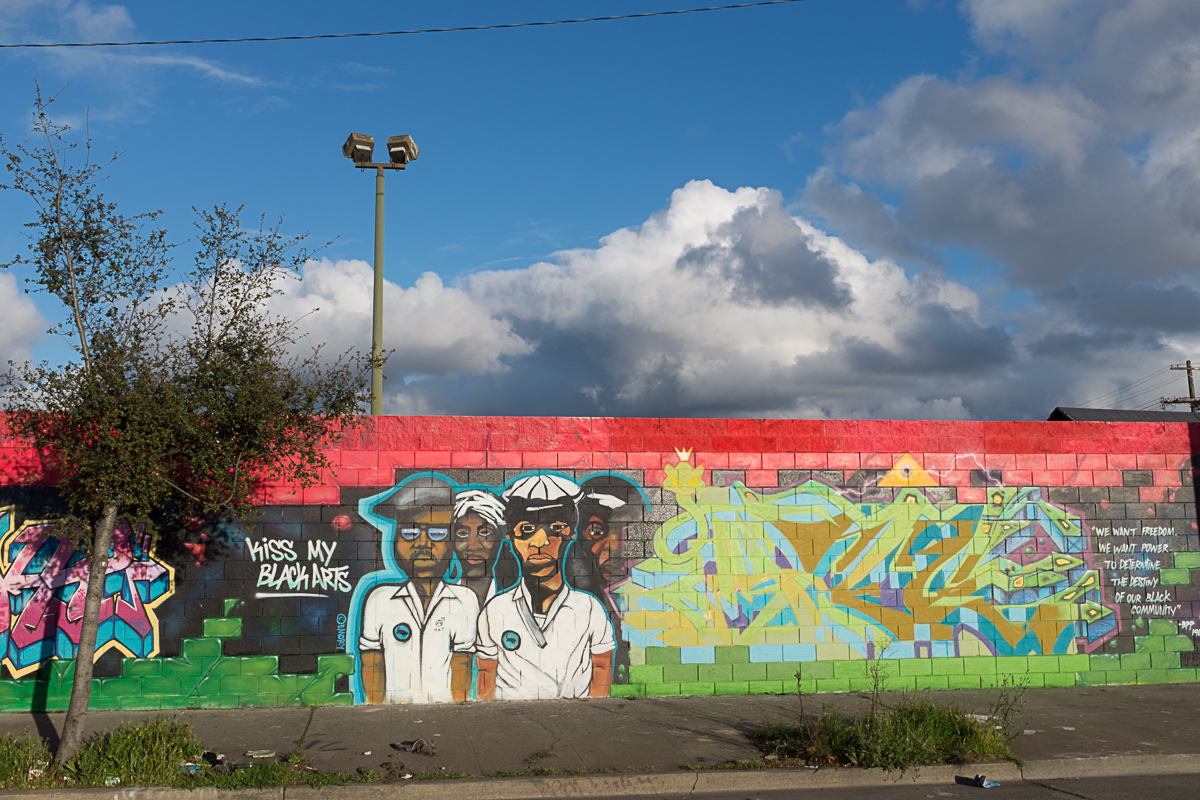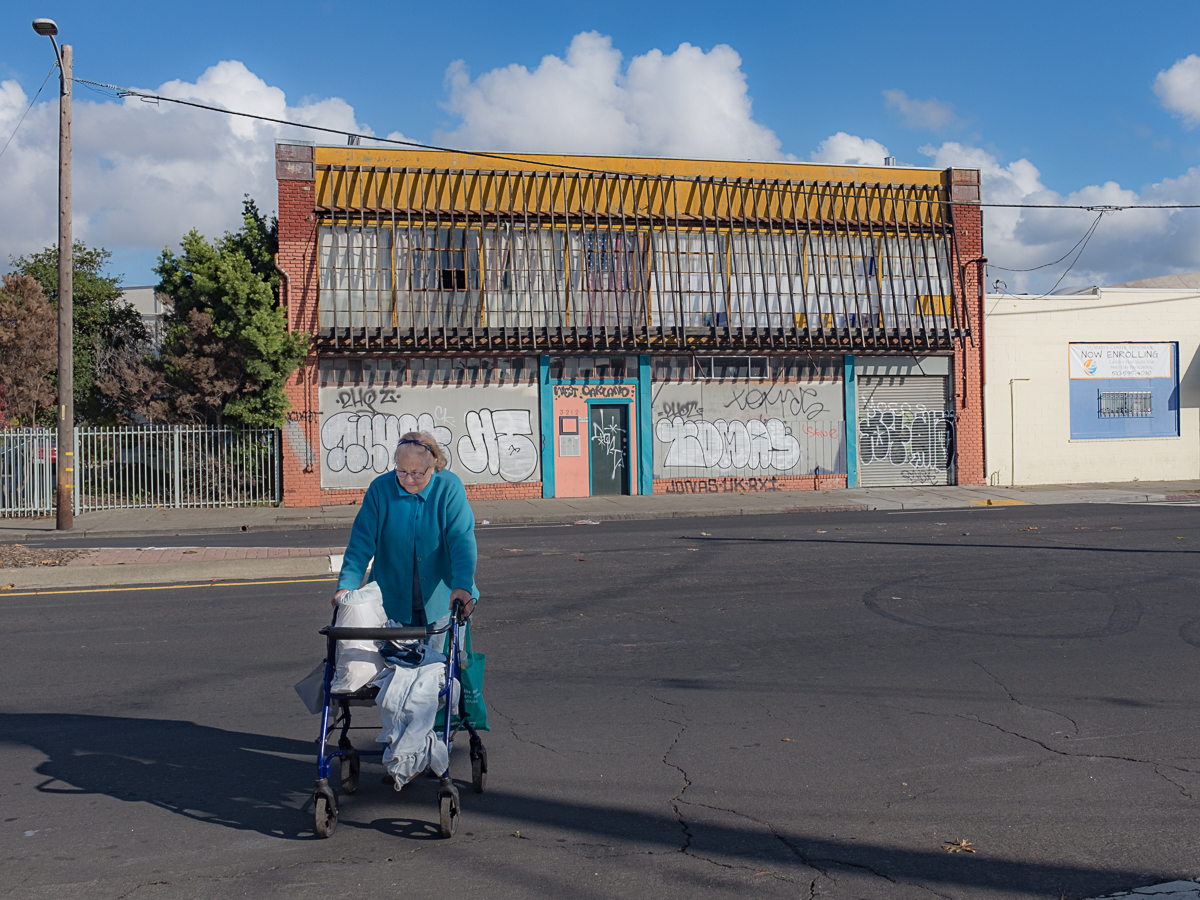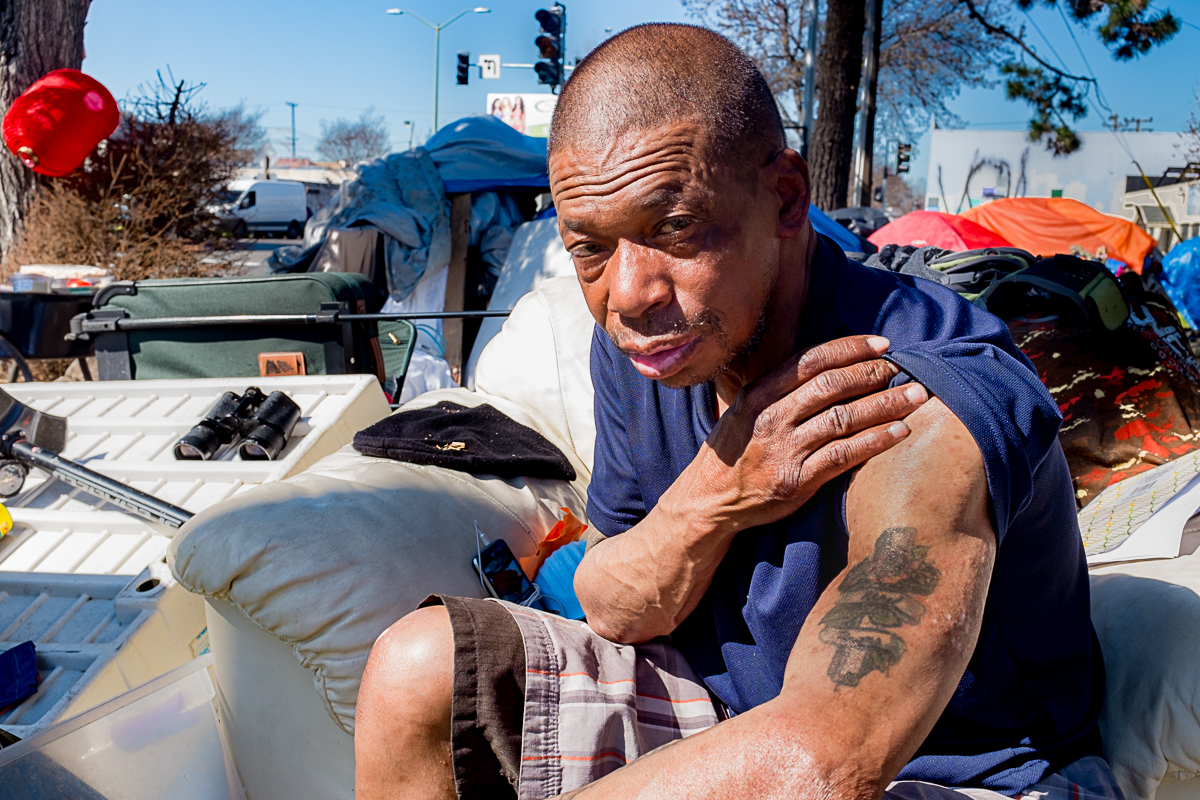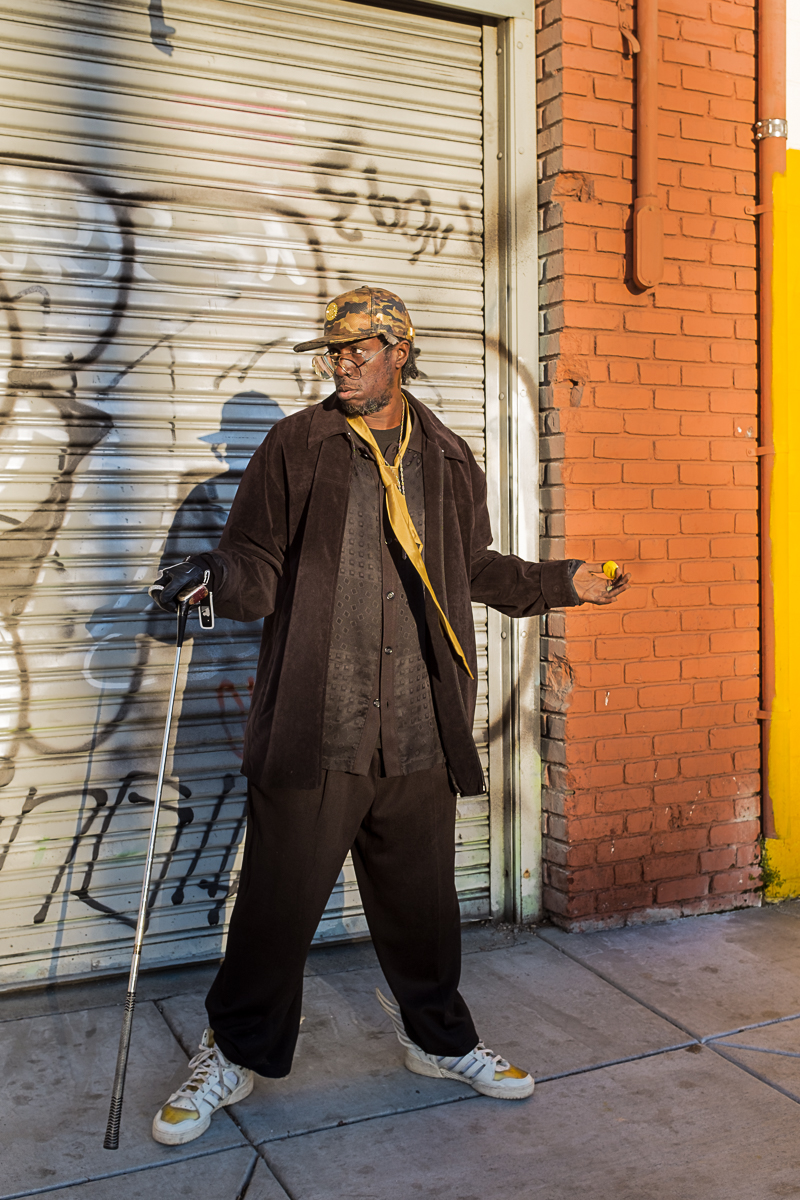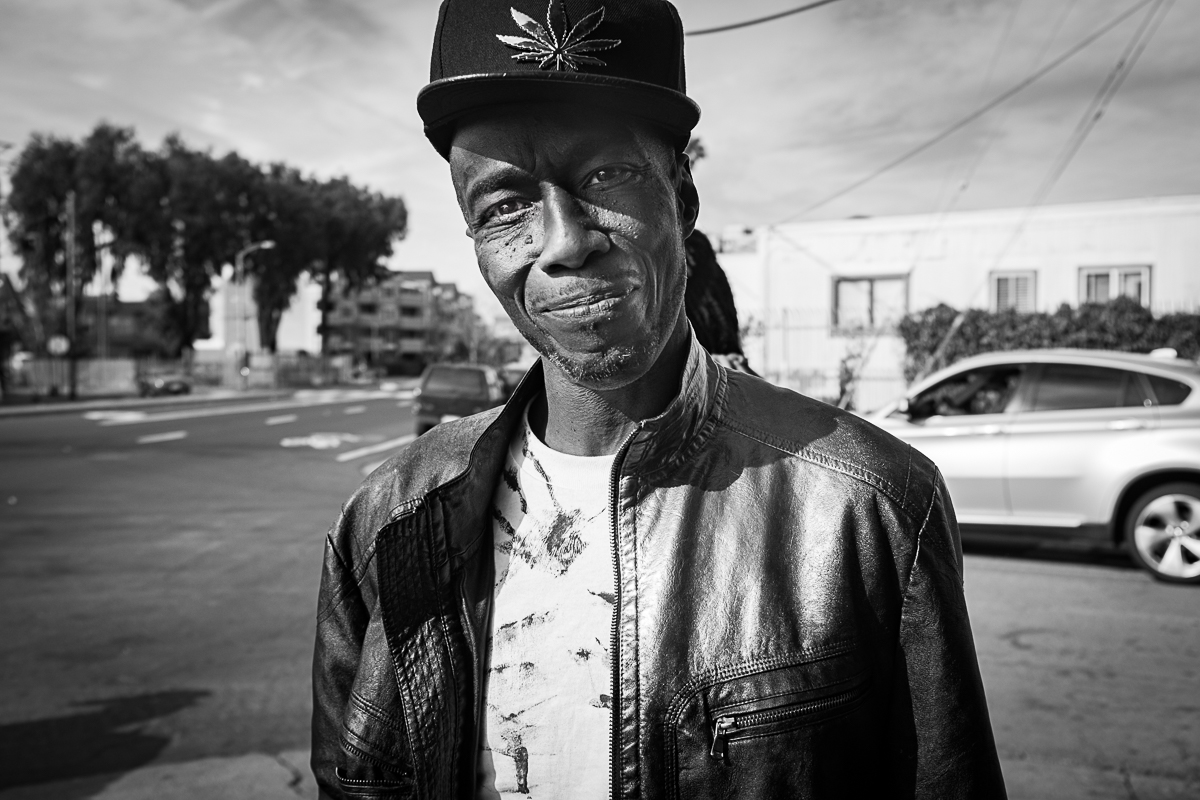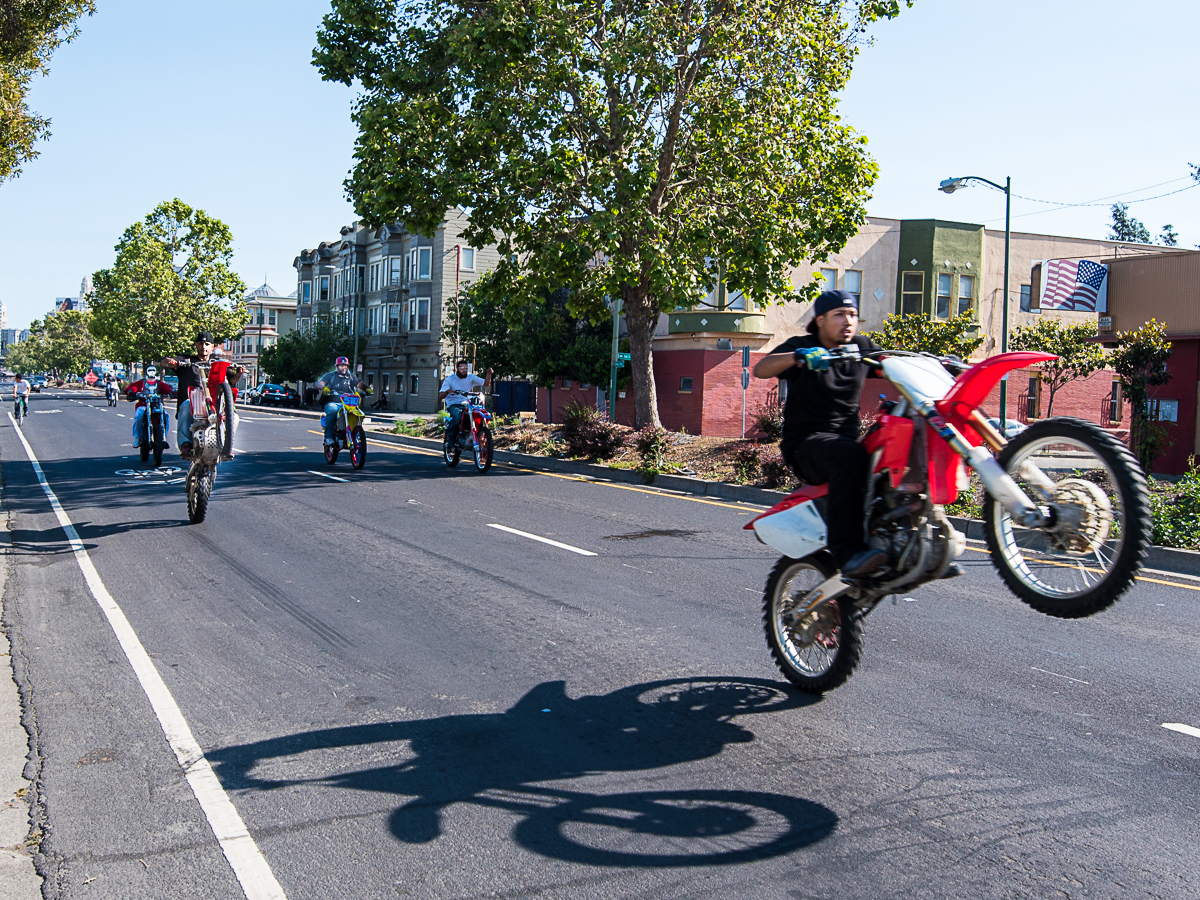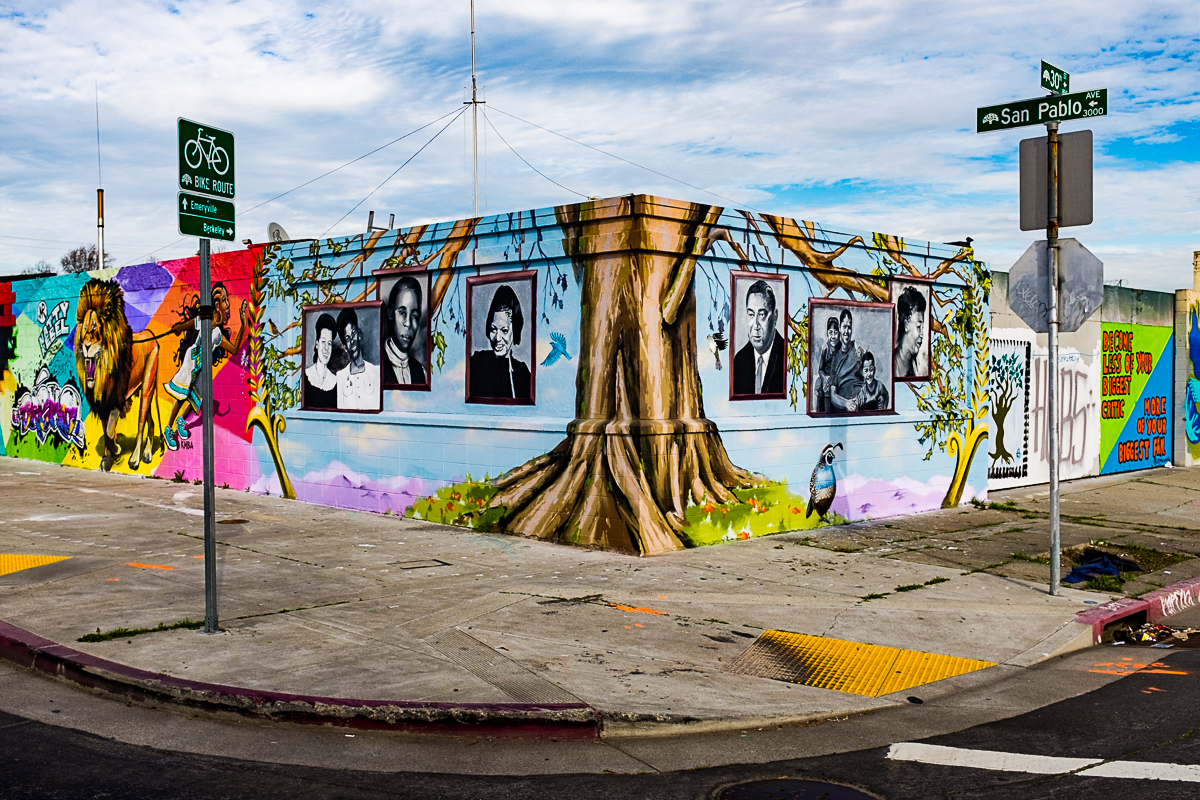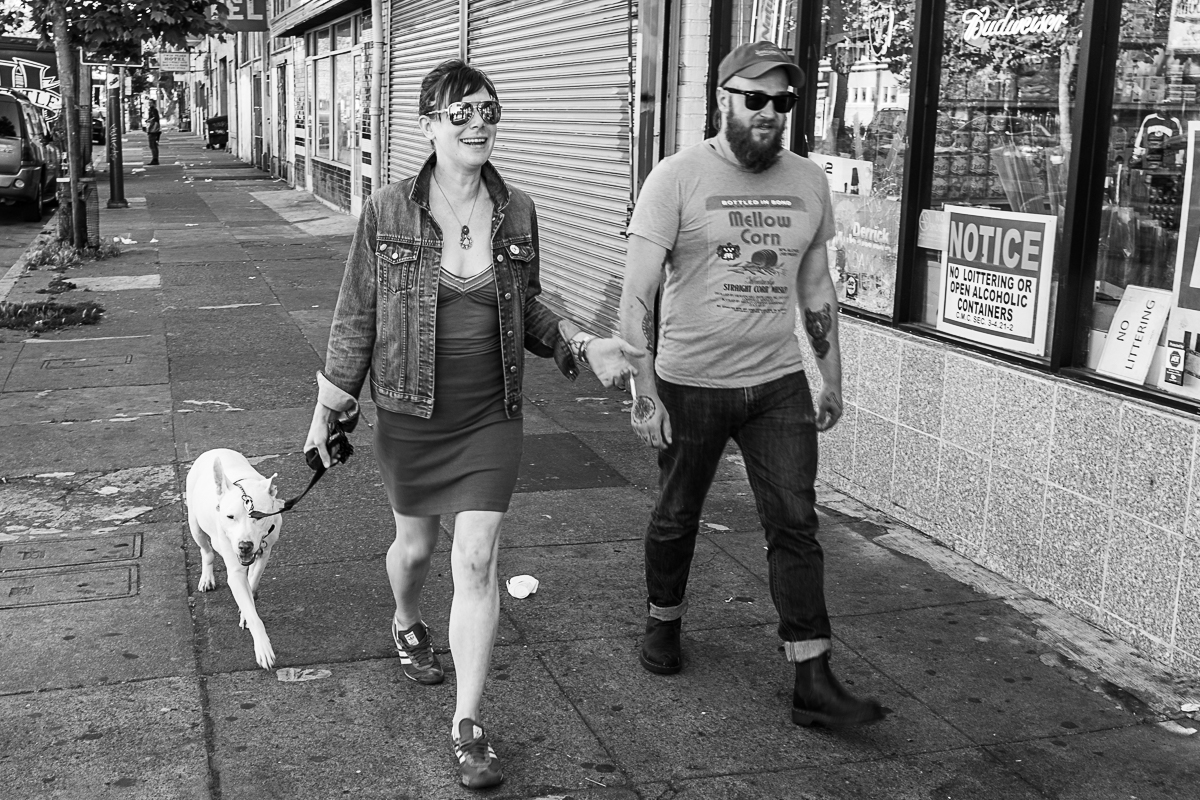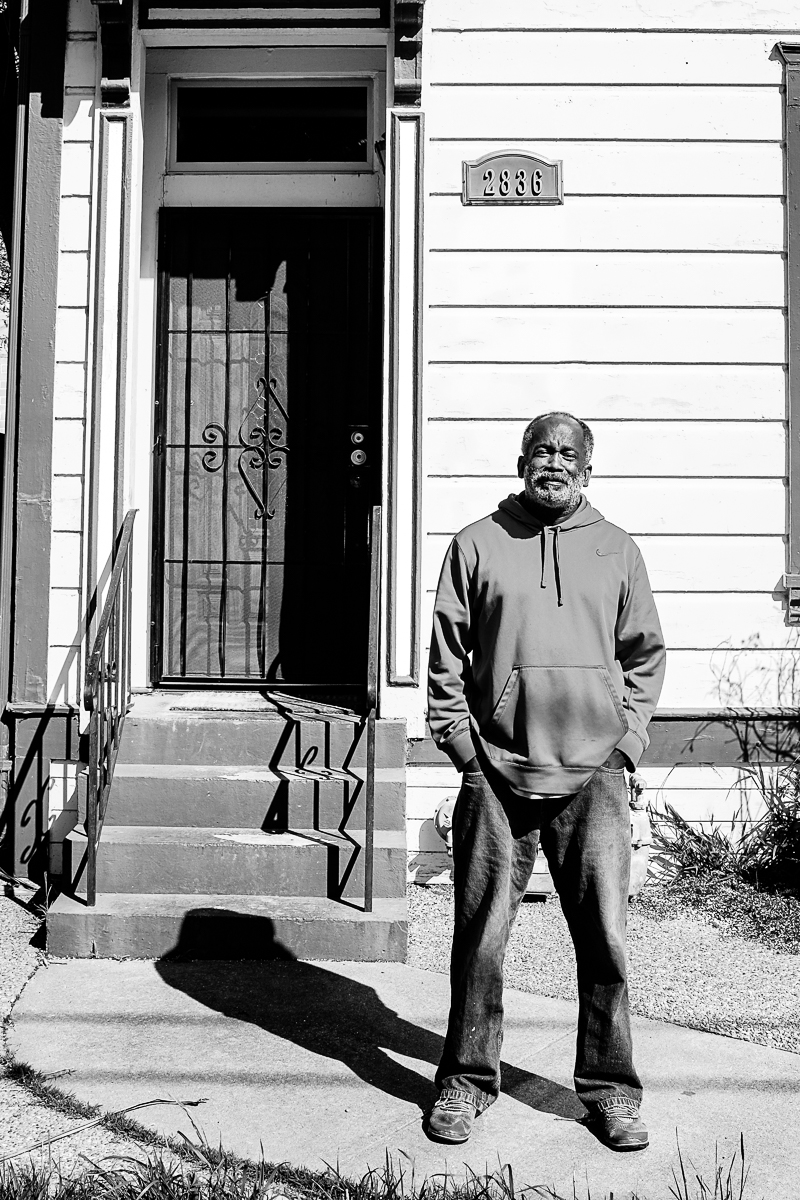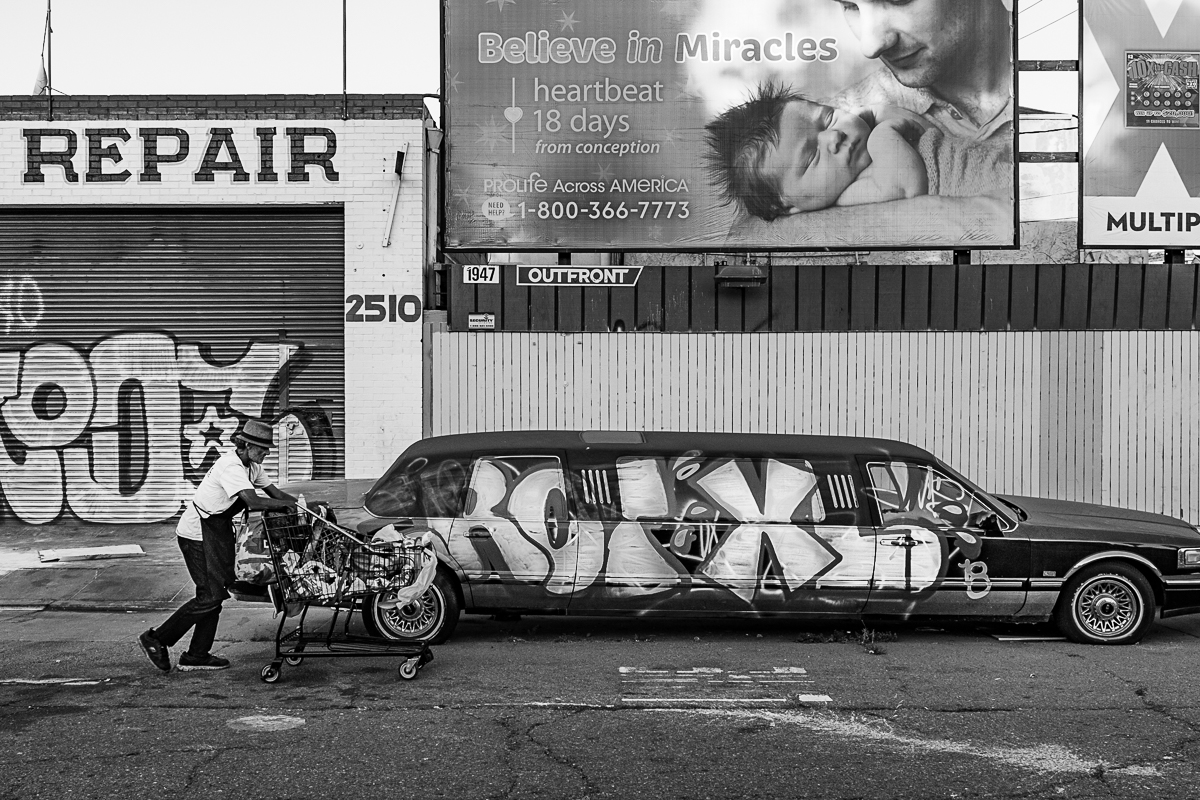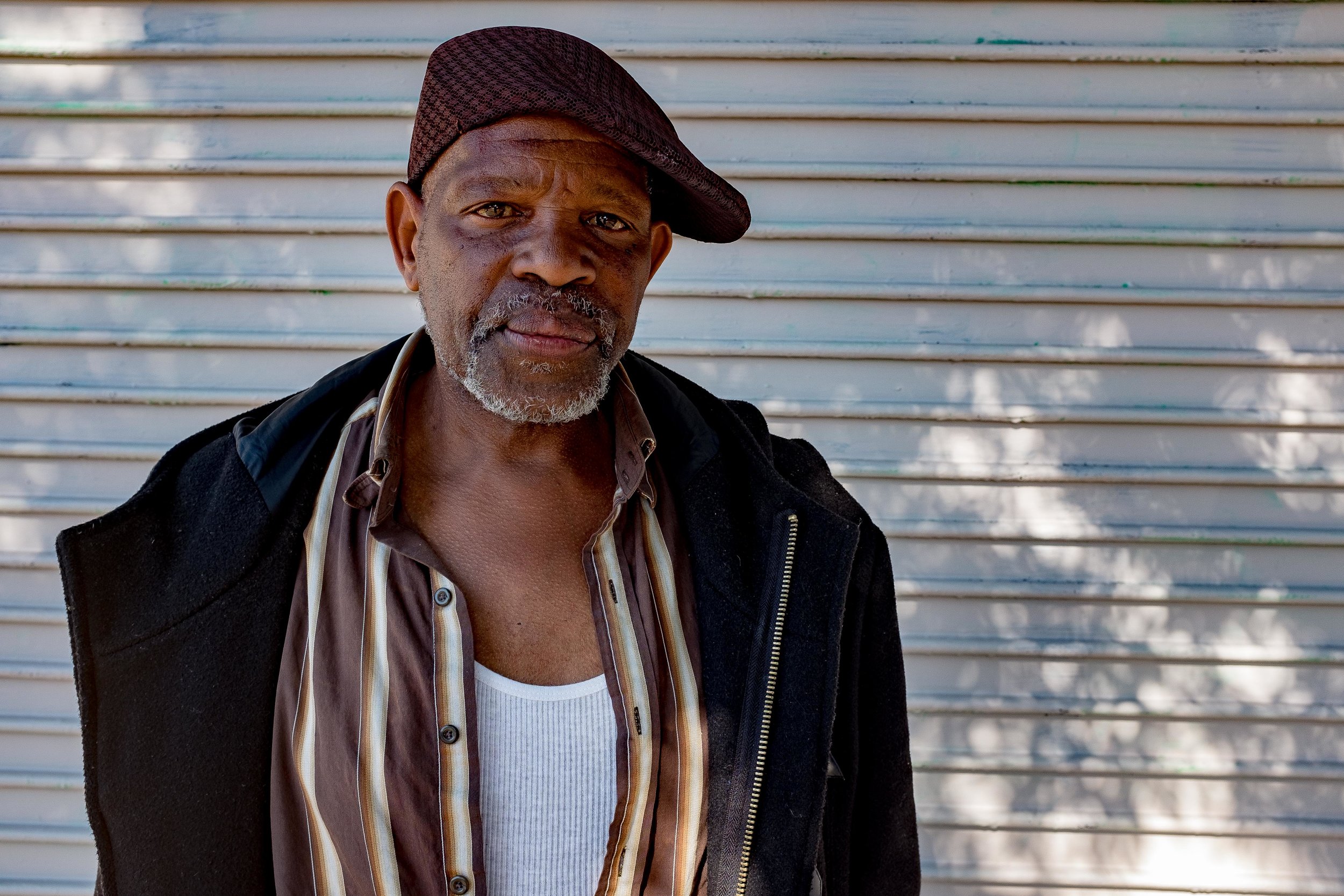San Pablo Ave: The Soul of a Street
San Pablo Avenue in West Oakland reflects a neighborhood and a city in transition. A casual drive-through the section that lies between Grand Ave. and 35th St. reveals signature signs of urban decay and social inequality: homelessness, substance abuse, burned-out buildings, graffiti, corner liquor stores instead of markets. But upon closer inspection, a different story emerges. This one-mile stretch between the California Hotel and the St. Vincent De Paul Community Center, was once a busy, commercial thoroughfare intersected by side streets with attractive Victorian homes. The hotel was a venue for the likes of Billie Holiday, James Brown, Sly Stone, Mahalia Jackson and Big Mama Thornton. Isolated by construction of the I-580 Freeway in the early '60s, the street became a host to violence, drugs, and homelessness. From a "go to" part of town, the area became a dangerous, neglected neighborhood - “Ghost Town.”
Today, it is squeezed on all sides by Oakland’s renaissance. Homes occupied by primarily African-American families, as well as tenants of other low-cost units, face the downside impacts of gentrification - rising prices and displacement. Steps away from rundown or boarded-up Victorians, $600,000 townhomes are under construction. A “sultry and eclectic” loft is on the market for $619,00, just blocks away from St. Mary's "Friendly Manor" that provides overnight beds and showers for homeless women, many of whom are employed, but do not earn a living wage.
Many of these photographs were made following brief conversations about the neighborhood, the individual's own life, or simply the weather. Most are optimists, but uncertain about their future. Each person has a meaningful, if not remarkable story. They are the soul of the street.
A work in progress, the images taken along this one portion of San Pablo Ave. are intended to document a neighborhood and a narrative playing out in Oakland, as well as inner cities across the country. In a few years, what you see will have likely vanished. Fortunately, dedicated individuals and social service agencies are working in this community to help those who will otherwise be left behind in the name of progress.
Even without an accompanying narrative, each photograph should speak for itself. The voices heard will be unique, since each one of us will interpret these scenes through the lens of our own experiences or prejudices. My desire is that we become more aware, more understanding, more active in supporting efforts to ease injustice and inequities in our community.




